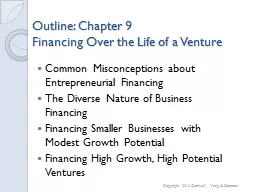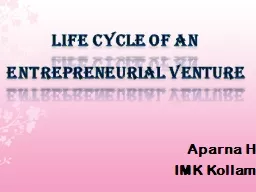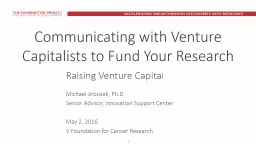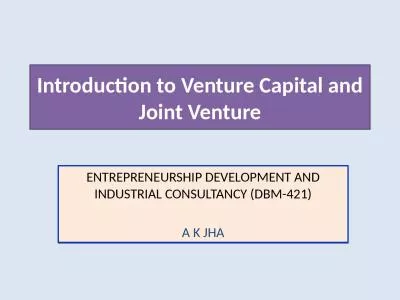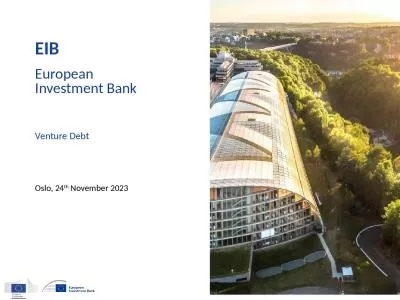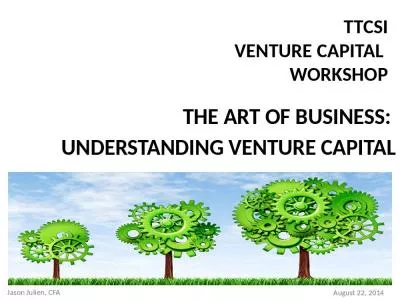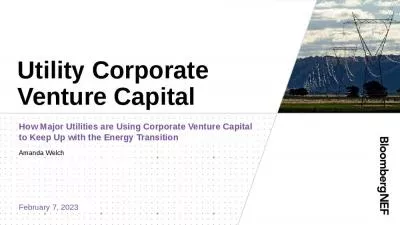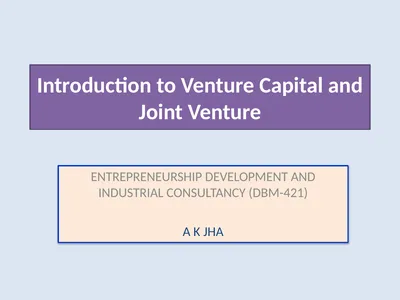PPT-Outline: Chapter 9 Financing Over the Life of a Venture
Author : luanne-stotts | Published Date : 2018-09-19
Common Misconceptions about Entrepreneurial Financing The Diverse Nature of Business Financing Financing Smaller Businesses with Modest Growth Potential Financing
Presentation Embed Code
Download Presentation
Download Presentation The PPT/PDF document "Outline: Chapter 9 Financing Over the L..." is the property of its rightful owner. Permission is granted to download and print the materials on this website for personal, non-commercial use only, and to display it on your personal computer provided you do not modify the materials and that you retain all copyright notices contained in the materials. By downloading content from our website, you accept the terms of this agreement.
Outline: Chapter 9 Financing Over the Life of a Venture: Transcript
Download Rules Of Document
"Outline: Chapter 9 Financing Over the Life of a Venture"The content belongs to its owner. You may download and print it for personal use, without modification, and keep all copyright notices. By downloading, you agree to these terms.
Related Documents

